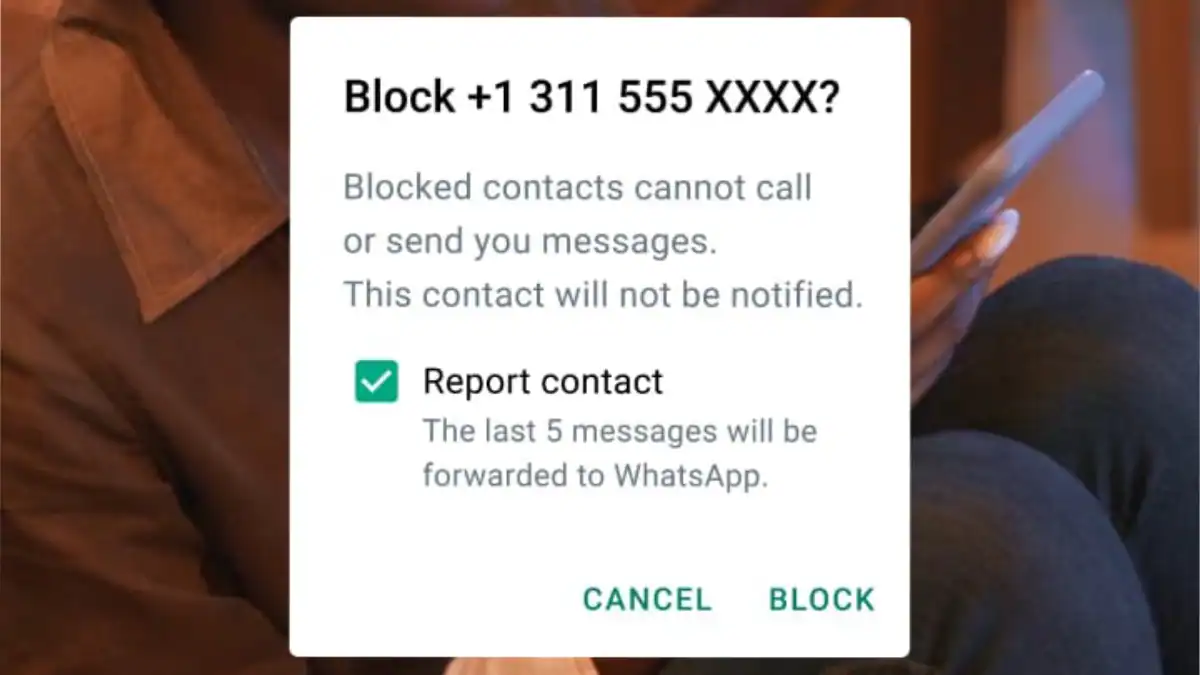When receiving a message from an unknown number, WhatsApp displays a cautionary note directly below the sender’s contact info.
WhatsApp, the popular messaging platform Meta owns, has rolled out a new feature allowing users to block spam directly from their lock screens. This update aims to combat the rising prevalence of spam messages and give users greater control over their messaging experience. Spam messages have long been a concern for messaging networks such as WhatsApp, flooding users with undesirable messages ranging from promotional offers to fraudulent schemes. By allowing users to take action directly from their lock screens, WhatsApp aims to enhance user privacy and security while fostering a more seamless messaging experience.
The new feature enables WhatsApp users to identify and block spam messages without needing to unlock their devices or navigate through the app. When a spam message notification appears on the lock screen, users can now long-press on the notification to access multiple options, including the option to block the sender instantly. WhatsApp displays a secondary prompt to report the contact as well.

Notably, WhatsApp already shows a cautionary note below the contact details of any unknown number that you get a message from. This is followed by options to add the contact, block it or report and block it. Other than these direct options, you can preemptively block a contact. In the More Options section on the Home page, go to Settings > Privacy > Blocked contacts > Add > Search or select the contact you wish to block.
WhatsApp Users are Required to Register Phone Numbers; Privacy Concerns Persist. Company Working on Connectivity Without Exchanging Numbers.
WhatsApp is reportedly developing a method to connect on the platform without exchanging phone numbers, addressing ongoing privacy concerns.
Additionally, WhatsApp is set to introduce cross-platform messaging, enabling users from different messaging platforms to communicate with WhatsApp users. A ‘Third Party Chats’ section will be featured on the application’s home interface, displaying messages received from users on other platforms separately from in-app chats protected by WhatsApp’s end-to-end encryption (E2EE).


















